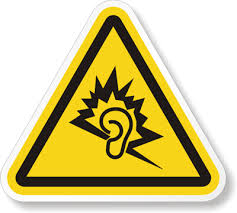This November, YouTube are set to roll out a new feature, which enables users to download video clips so that they can be watched offline. The free feature won’t require an internet connection and is similar to Spotify’s Offline Mode except focusing on video content, rather than music. YouTube says the new feature is a great tool for businesses, so here at Voice Takeaway we’ve compiled this 5-step guide for making the most out of this new development.
Chances are, at some stage of the working day, your target customer will be sat without WiFi on the tube, irritated by a slow connection on the bus, or trapped in similar offline peril! YouTube’s newest feature is perfect for those on the move who cannot rely on a constant internet connection. Make sure your content is well targeted at these kinds of commuters. Don’t make your videos too long, think about their tastes and lifestyles and create content around them.
Most users of this new feature will be going about their daily routines and probably won’t be wanting the longer content more likely to be watched at leisure in the evenings when they’ll be able to access online videos. Therefore, keeping your content short and sweet is a great way to be as engaging and user-friendly as possible!
This new feature is perfect for smartphones and tablets, but with that comes a reduced screen size and possibly picture quality too. Make sure your audio, therefore, is of the highest quality to give your brand that extra edge. Think about using narration, music, an audio logo or even sound effects to differentiate yourself!
 Whilst there is no limit to the amount of content you can make accessible via the new feature, it is paramount that you make your channel’s best content available. Offline videos are likely to be shared in person with a potential client, colleague or acquaintance and so make sure that you’re publishing your best content.
Whilst there is no limit to the amount of content you can make accessible via the new feature, it is paramount that you make your channel’s best content available. Offline videos are likely to be shared in person with a potential client, colleague or acquaintance and so make sure that you’re publishing your best content.In the modern business environment, making any customer or web user feel unique is becoming harder. Creating offline-only content is a great way to connect directly with potential clients and is perfect for creating a personal feel and making them feel special, as if they’re getting something unique.







